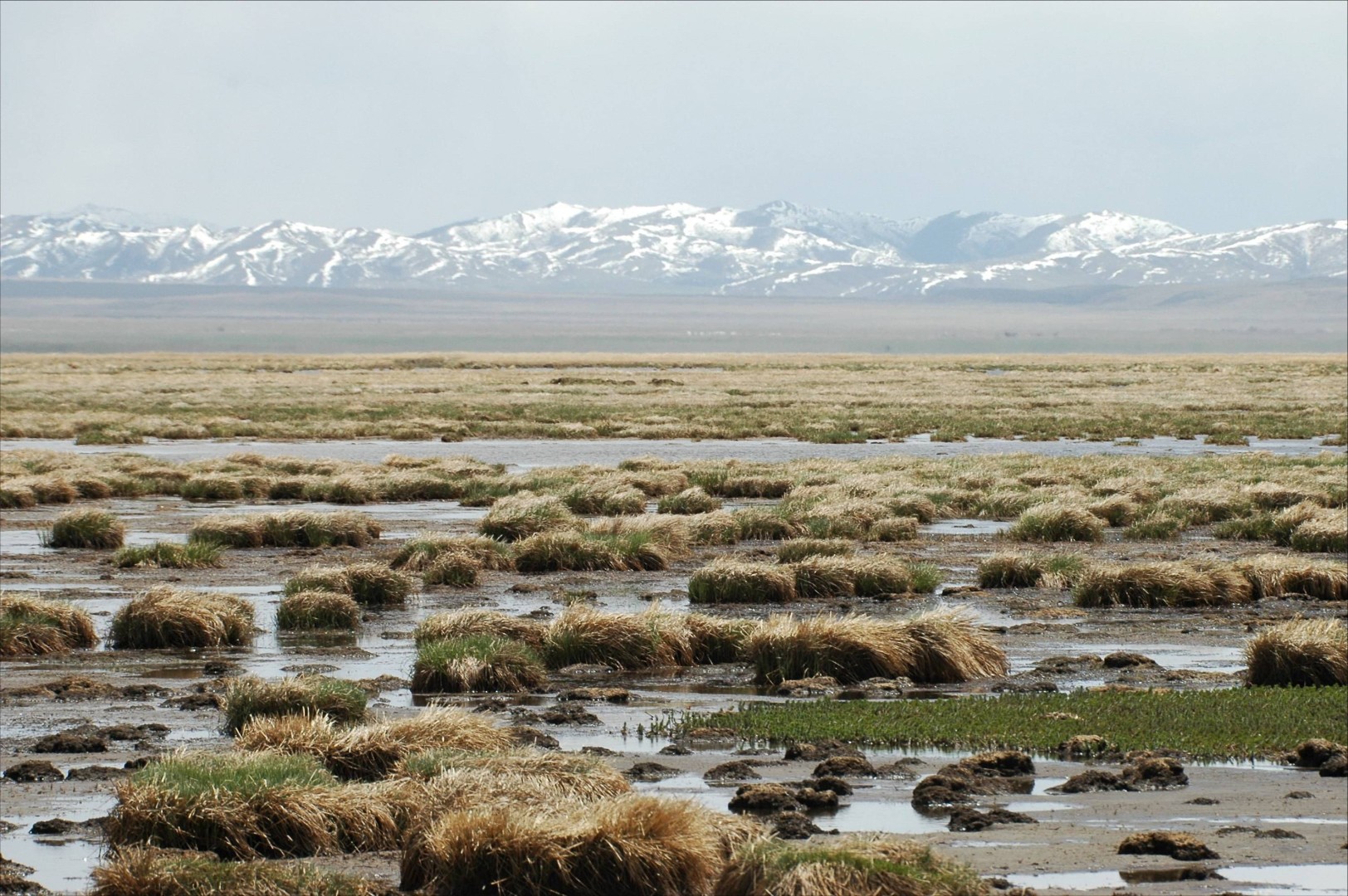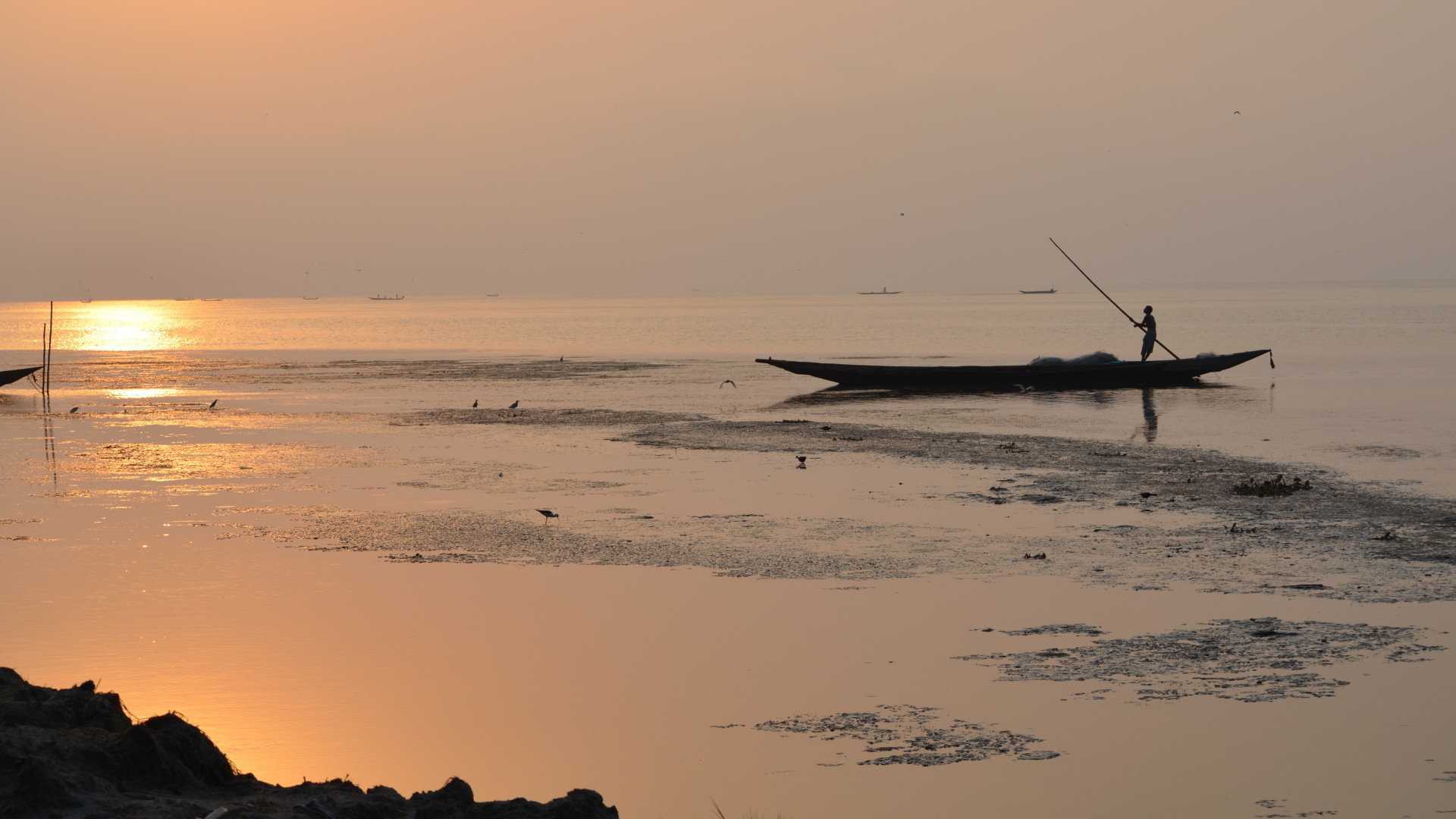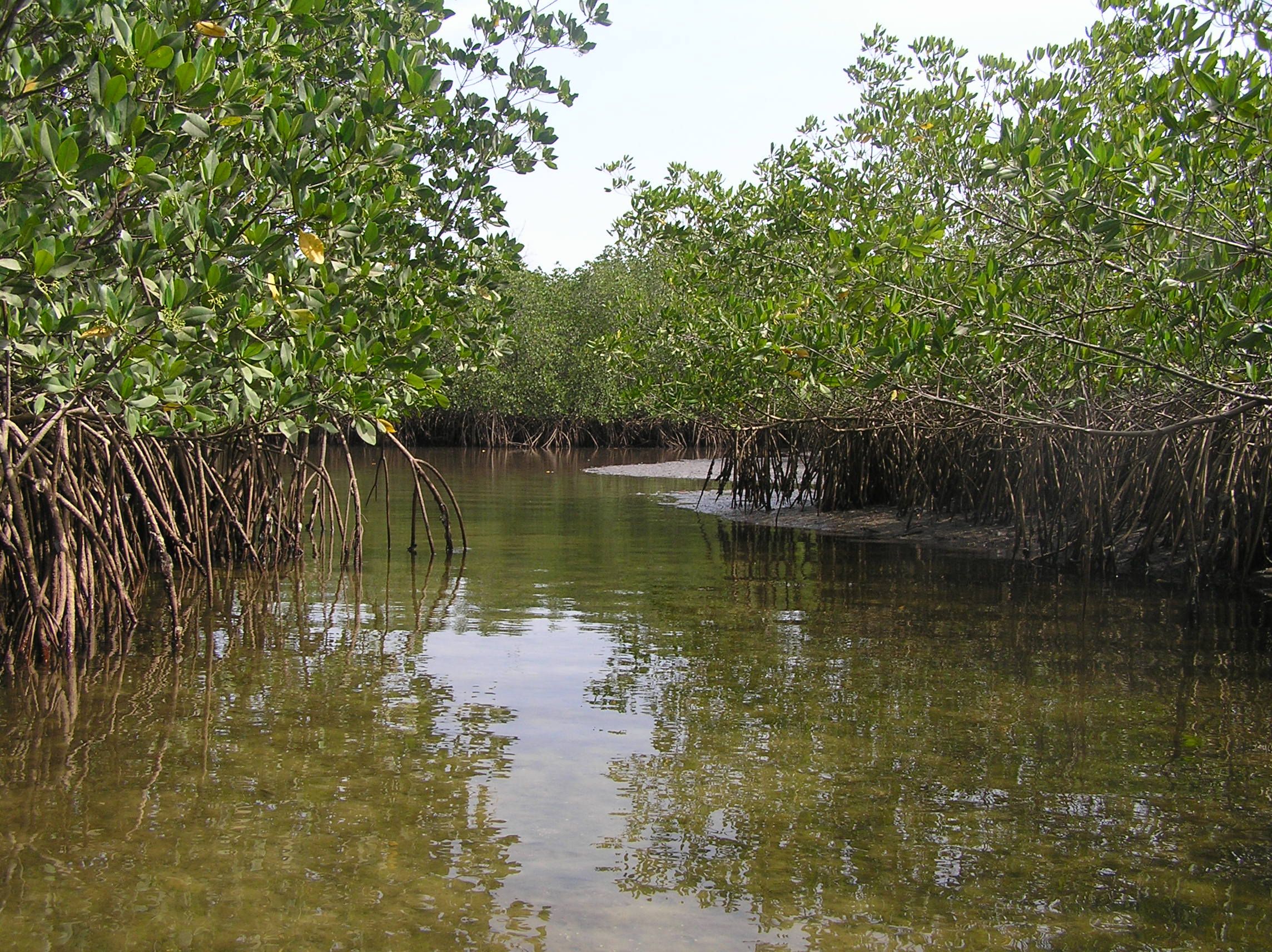
What Are Wetlands?
-
Healthy Wetland Nature
Wetlands occur where water meets land. They include mangroves, peatlands and marshes, rivers and lakes, deltas, floodplains and flooded forests, rice-fields, and even coral reefs. Wetlands exist in every country and in every climatic zone, from the polar regions to the tropics, and from high altitudes to dry regions.
Peatlands
Peatlands are wetlands with a thick water-logged soil layer made up of dead and decaying plant material.
Peatlands include moors, bogs, mires, peat swamp forests and permafrost tundra. Peatlands represent half of the Earth’s wetlands and cover 3% of the global total land area. They are found all over the world.
Why are peatlands important?
Water: Peatlands absorb heavy rainfall, providing protection against floods, and release water slowly, ensuring a supply of clean water throughout the year.
Food: Millions of people depend on peatlands for herding cattle, catching fish, and farming.
Species: Tropical peat swamp forests are home to thousands of animals and plants, including many rare and critically endangered species such as the orangutan and Sumatran tiger.
Climate change: Peatlands contain twice as much carbon as the world’s forests. When disturbed or drained, peatlands can become significant sources of greenhouse gas emissions.

Rivers and lakes
A river is a natural watercourse, usually freshwater, flowing towards an ocean, a lake, a sea, or another river.
Rivers originate as rain on high ground that flows downhill into creeks and streams. Deltas are found on the lower reaches of rivers, where the flow of water slows down and spreads out into expanses of wetlands and shallow water.
Why are rivers and deltas important?
Water and food: Rivers serve as important sources of drinking water, food and irrigation for crops. River waters also recharge lakes and transport fertile sediments that enrich floodplains and marshes.
Transport: Rivers also play an essential role as highways for transportation and commerce and as sources of energy.
Species: Rivers and deltas provide critical habitat for fish and other freshwater animals such as amphibians and shellfish.

Mangrove forests
Mangroves are a crossroad where oceans, freshwater, and land meet.
Mangrove forests are among the most complex ecosystems on the planet, growing under environmental conditions that would kill ordinary plants very quickly. Mangrove forests are found in tropical and subtropical regions in tidal areas, which are frequently inundated with salt water. Strongly in decline, mangrove forests occupy about 15.2 million hectares of tropical coast worldwide: across Africa, Australia, Asia and America.
Why are mangroves important?
Disaster reduction: Mangrove forests provide protection and shelter against extreme weather events, such as storm winds and floods. Mangroves absorb and disperse tidal surges associated with these events: a mangrove can reduce the destructive force of a tsunami by up to 90%.
Species: Mangrove leaves and roots provide nutrients that nourish plankton, algae, fish and shellfish. Mangroves are also home to many birds and mammals – such as mangrove monkeys in South Asia.
Climate change: Mangroves rival the carbon storage potential of rainforests.

